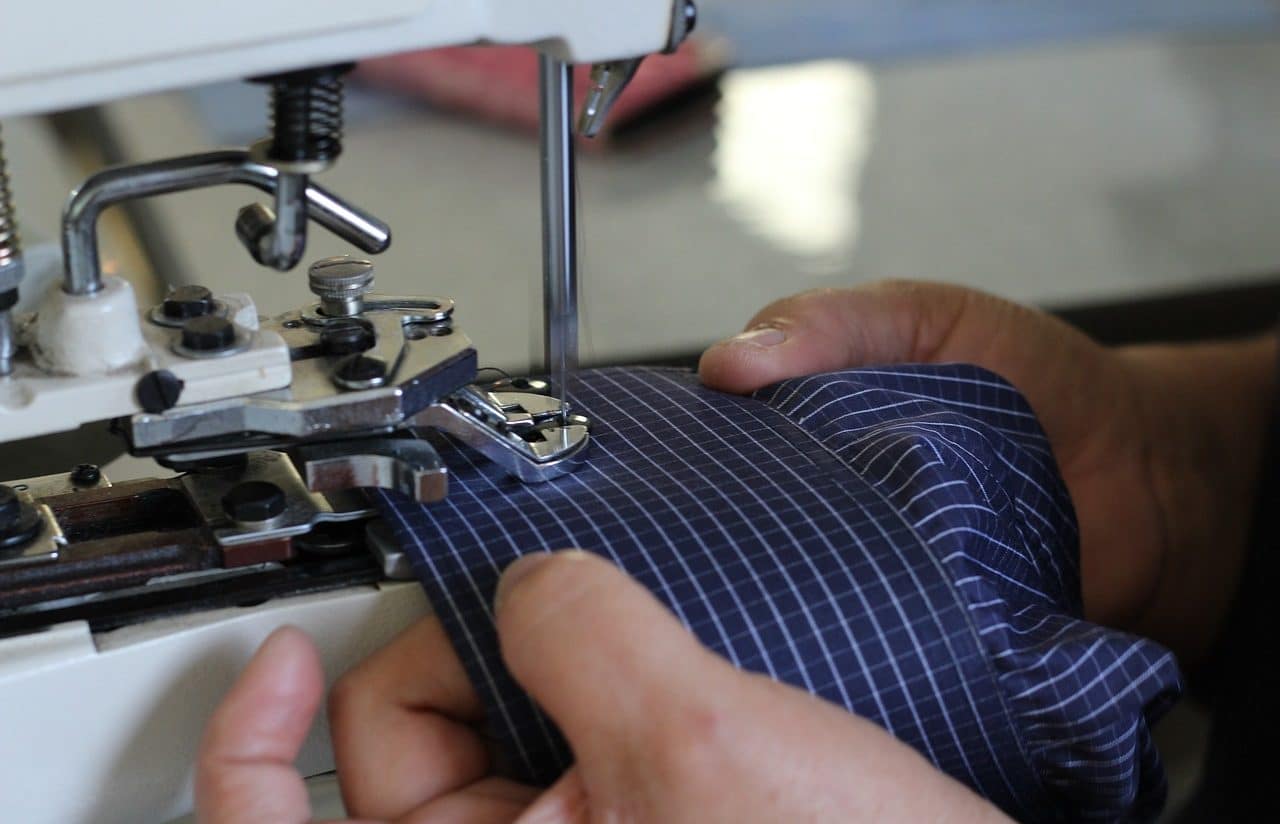
In clothing, folds are folds that can be ornamental or contribute to adaptation to the body.
A crease is the mark or fold that arises when a material that has flexibility is no longer smooth. Creases, therefore, appear when fabrics, papers, etc. are folded.
For example: “I'm going to have to iron these pants : the folds are noticeable,” “When the teacher approached, the student made a fold in the sheet to try to hide the drawing,” “With a few folds, you can turn this cardboard in a toy airplane.”
Folds in different areas
In clothing , folds can be those folds that are made on purpose, either as ornamentation or so that the garments adapt better to the person's body: "The dressmaker made some folds in the sleeves of my legs so that I wouldn't step on the floor." pants when I walk.”
Within the field of geology , folds are the undulations that arise on the Earth's surface from a horizontal force that is exerted on the rocks, a phenomenon that causes them to deform and the folding in question to appear. When the force exceeds the elasticity of the rocks, they break and what is known as failure occurs.
When we talk about skin folds, we are also referring to the wrinkles that arise with age or according to the expressions or postures adopted. In the modern world, many people seek to hide these folds as they are a sign of old age. For this, they resort to cosmetic surgeries that “stretch” the skin again.

The folds in the skin become accentuated over time.
Nuchal translucency
Around the twelfth week of pregnancy, a temporary accumulation of fluid occurs in the neck area of the fetus that can be seen through an ultrasound and is used to measure the nuchal fold, the translucent space in the tissue of the neck. The nuchal translucency test is highly recommended as it can warn of possible disorders in the baby's development. Since the nuchal fold usually grows each day of pregnancy, an average value that has been determined by researchers is used.
To measure the nuchal fold, the baby must be on his side, providing a clear view of the nape of the neck. When the thickness of the translucency is greater than 3 millimeters, chromosomal anomalies may occur; This excessive accumulation of fluid is the most reliable and earliest indicator of Down syndrome (also known as trisomy 21 and mongolism , it occurs when cells have an extra chromosome 21 and causes, among other problems, learning difficulties).
It should be noted that the nuchal translucency test is a presumptive test and is not used to make a diagnosis; Just as it allows doctors to detect possible signs of Down syndrome, it also serves to evaluate the growth of the fetus according to known normal parameters and detect the presence of nasal bone. Its results are combined with triple screening ( triple test ), another prenatal test that looks for chromosomal anomalies related to Edwards syndrome ( trisomy 18 ), in addition to reinforcing the risk assessment of Down syndrome.
To calculate the results, certain data must be taken into account, in addition to the nuchal fold measurement, such as the mother's age, the baby's development time and the information provided by a mother's blood test. Although any woman can have a child with chromosomal abnormalities, age is directly proportional to the risk; Put into statistical data, at 25 years old the probability is 1 in 1200, while at 40, 1 in 100.
